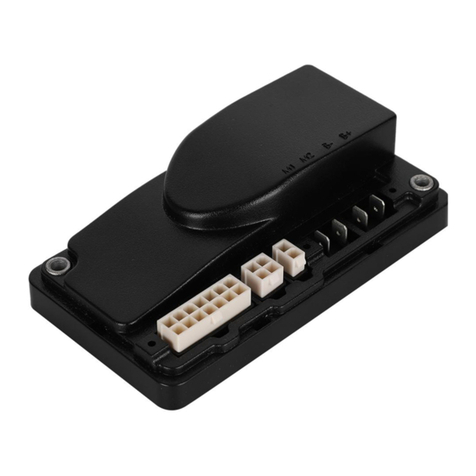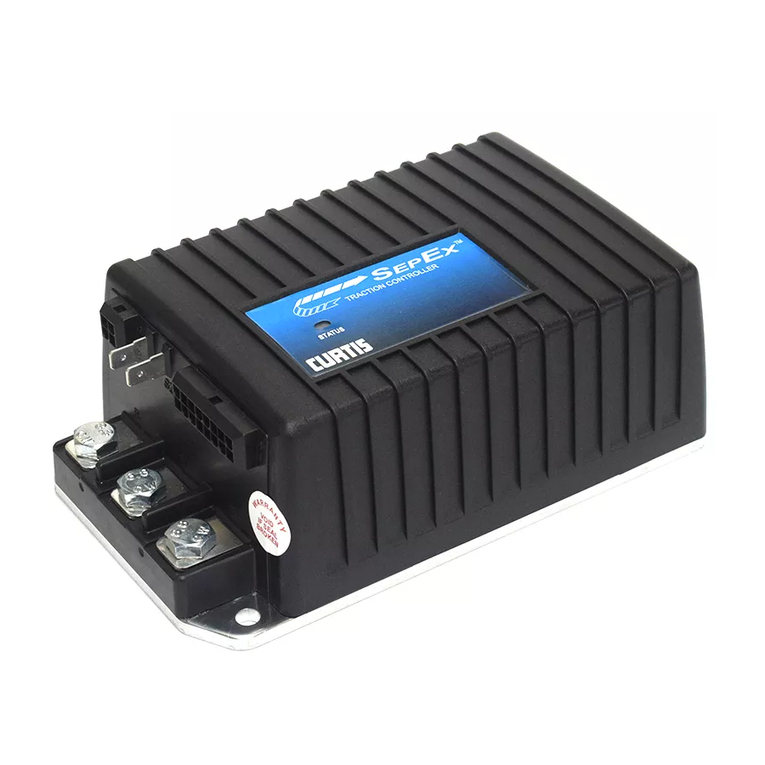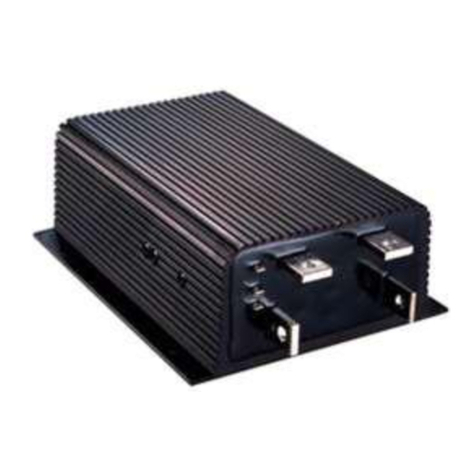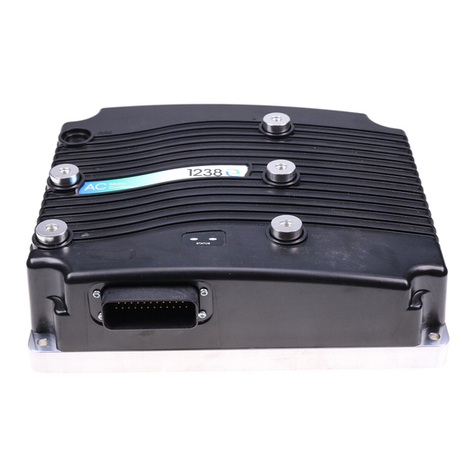
Curtis AC F4-A Motor Controller – August 2020
pg. iv
TABLE OF CONTENTS cont’d
5: SYSTEM MONITOR........................................................................................................................ 116
6: COMMISSIONING .......................................................................................................................... 127
INITIAL SETUP ............................................................................................................................ 127
TO BEGIN ............................................................................................................................. 128
CONTROL MODE SELECTION ................................................................................................ 128
PARAMETER SETTINGS – METHOD OVERVIEW...................................................................... 128
AC TRACTION MOTOR SETUP GUIDE..................................................................................... 129
CONTROLLER SETUP GUIDE ................................................................................................. 131
TRACTION THROTTLE SETUP................................................................................................ 133
VOLTAGE THROTTLE ............................................................................................................. 136
AUTOMATED ACIM (MOTOR) CHARACTERIZATION PROCEDURE ................................................... 142
TRACTION SYSTEMS................................................................................................................... 143
TUNING GUIDE............................................................................................................................ 147
SELECTING THE CONTROL MODE ......................................................................................... 147
0 − SPEED MODE EXPRESS TUNING..................................................................................... 147
1 − SPEED MODE TUNING .................................................................................................... 148
OTHER PARAMETER TUNING................................................................................................. 149
SETTING UP THE HYDRAULIC SYSTEM ........................................................................................ 150
HYDRAULIC LIFT AND LOWER COMMAND INPUTS....................................................................... 150
LIFT & LOWER SWITCH INPUTS ............................................................................................ 151
LIFT SWITCH INPUT, WITH A PROPORTIONAL LOWERING VALVE............................................. 153
7: DIAGNOSTICS AND TROUBLESHOOTING........................................................................................ 155
THE DIAGNOSTICS PROCESS ...................................................................................................... 155
TROUBLESHOOTING CHART INDEX.............................................................................................. 160
FAULT ACTIONS .......................................................................................................................... 164
8: MAINTENANCE ............................................................................................................................. 183
CLEANING................................................................................................................................... 183
FAULT HISTORY........................................................................................................................... 183
































